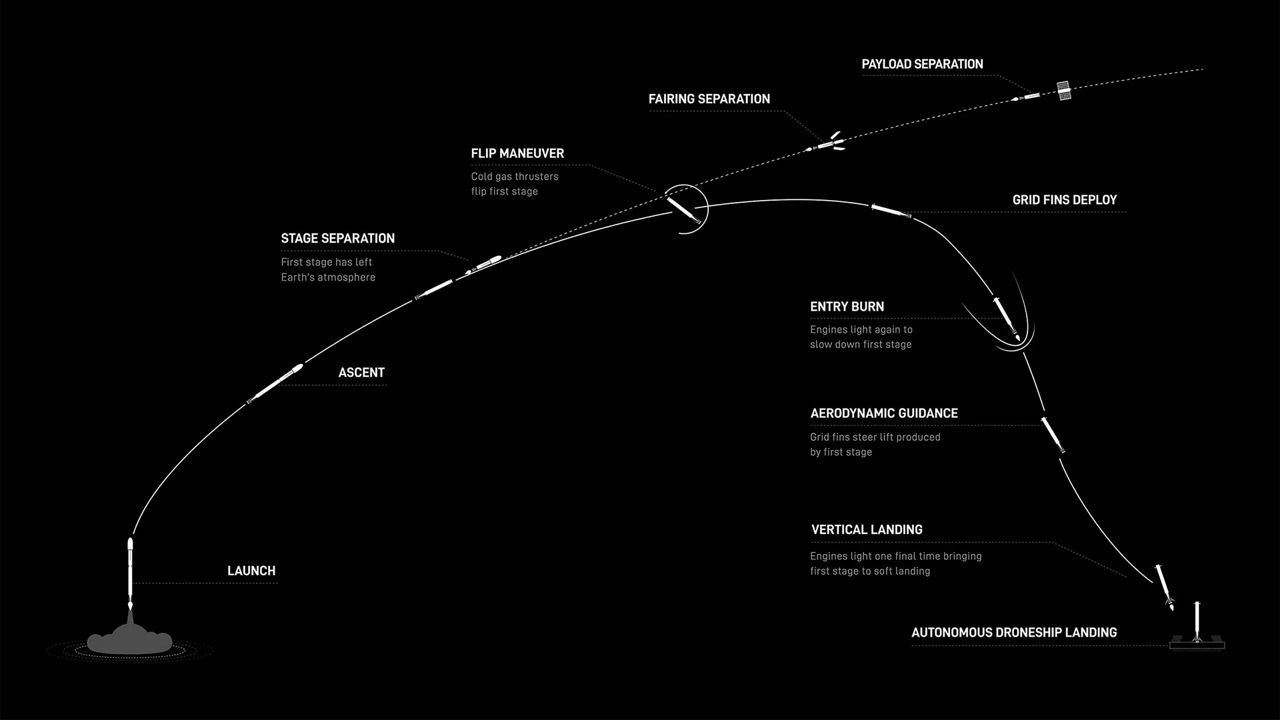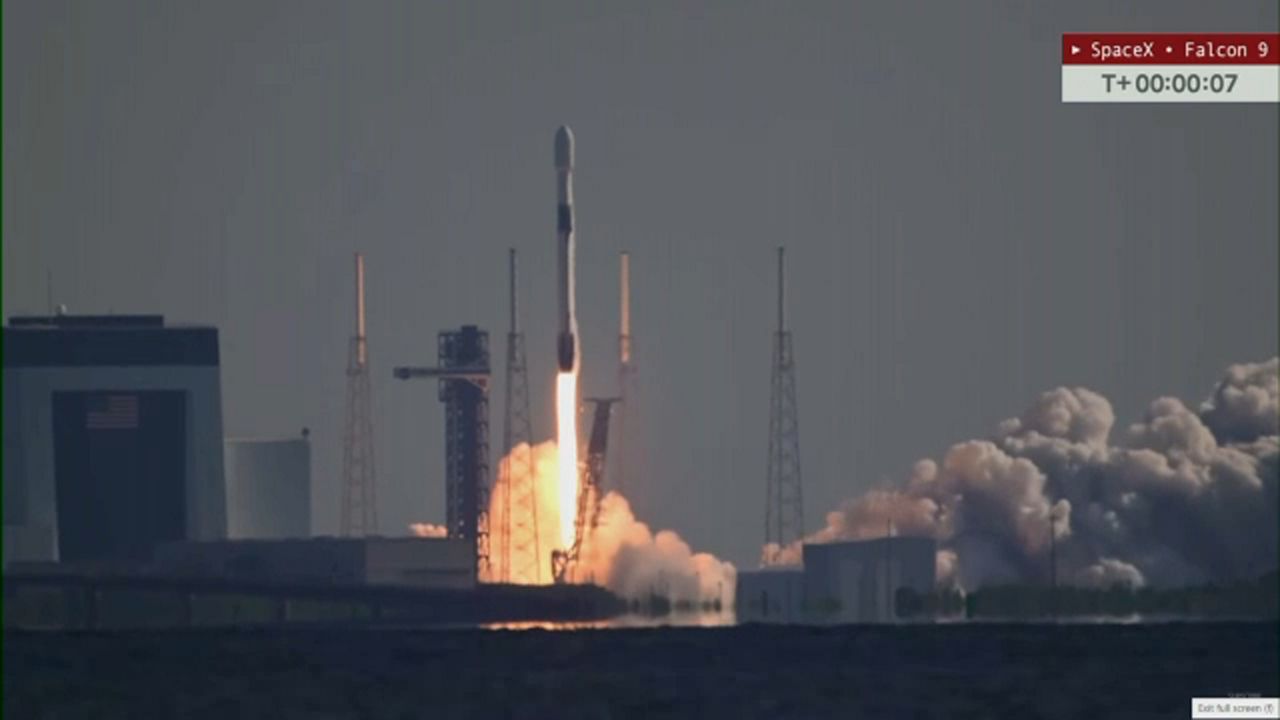CAPE CANAVERAL SPACE FORCE STATION — Space fans were in for a treat on Tuesday morning as they watched a brand-new SpaceX Falcon 9 rocket take off with more than 20 Starlink satellites.
What You Need To Know
- SpaceX sent up the Starlink 10-5 mission
- Liftoff took place at Space Launch Complex 40
Liftoff of Falcon 9! pic.twitter.com/dnAl1CZ4LU
— SpaceX (@SpaceX) August 20, 2024
The Falcon 9 rocket sent up Starlink 10-5 mission at 9:20 a.m. ET, from Space Launch Complex 40, Cape Canaveral Space Force Station, stated SpaceX.
The 45th Weather Squadron gave an 80% chance of good liftoff conditions, with the only concerns being the thick cloud layers and cumulus cloud rules.
If the launch were pushed back, the next attempt would have been Wednesday at 4:58 a.m. ET.
First time up
This will be Falcon 9 first-stage booster B1085’s first launch ever. And if all goes well, its next launch will be the NASA-Crew-9 mission next month.
After the stage separation, the first-stage rocket landed on the droneship A Shortfall of Gravitas that will be in the Atlantic Ocean.
Successful landing, completing the first launch and landing for this Falcon booster pic.twitter.com/GLFavJVFig
— SpaceX (@SpaceX) August 20, 2024
And the Crew-9 mission is sort of in limbo. NASA stated it may use the Crew-9 to help bring home the crew of Boeing's Starliner that is docked on the International Space Station. The Starliner capsule has suffered from a series of helium leaks and thruster issues.
The contingency plan is to send up two people on the Crew-9 mission and in February 2025, it will return with those two people and NASA astronauts Cmdr. Barry “Butch” Wilmore and pilot Sunita “Suni” Williams.

About the mission
The 22 satellites from the Starlink company, owned by SpaceX, will be heading to low-Earth orbit to join the thousands already there.
Dr. Jonathan McDowell, of Harvard-Smithsonian Center for Astrophysics, keeps track of Starlink satellites.
Before this launch, McDowell recorded the following:
- 6,325 are in orbit
- 5,738 are in operational orbit




